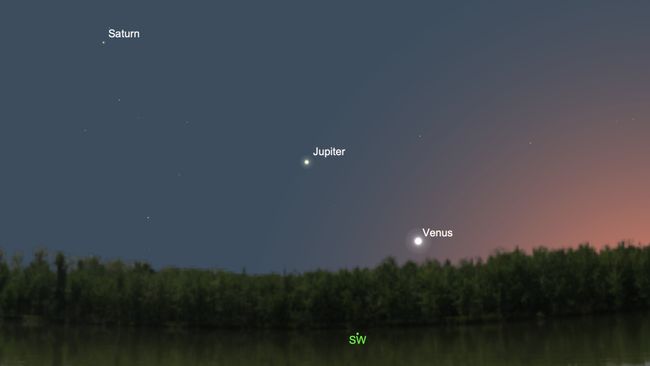November Full Moon 2019: How to See the 'Beaver Moon' (and Meteors!)
By Jesse Emspak 17 hours ago
The full moon of November, called the Beaver Moon, will shine in the constellation Aries on Nov. 12, the same day as the peak of the Northern Taurid meteor shower and a day after Mercury transits the sun.
The moon becomes officially full for observers on the East Coast of the U.S. on Nov. 12 at 8:34 a.m. EST (1334 GMT), according to NASA. In New York City, the moon will rise on the evening of Nov. 12 at 5:06 p.m. local time and set the next morning at 7:31 a.m., according to timeanddate.com. The moon will be in the constellation Aries, and will rise about half an hour after sunset.
The full moon is so bright that it tends to wash out fainter objects, even from dark-sky locations. That said, on the night of the full moon the Taurid meteor shower will be in one of its periods of peak activity, and it's possible to catch a few meteors here and there. According to the American Meteor Society, the rate of meteors from the Taurids, named for the Taurus constellation where they appear to originate in, is low — 5 to 10 visible meteors per hour — but they tend to move slowly, and produce more bright fireballs.

See Venus, Jupiter and Saturn above the western horizon shortly after sunset on the night of the full moon.
(Image credit: SkySafari App)
Sharing the sky with the full moon will be the planets Venus, Jupiter and Saturn. Venus will be a bright presence just after sunset, low in the west. As November progresses, Earth's sister planet will get higher in the sky as it moves east. Venus will be at its greatest distance east of the sun, called greatest eastern elongation, in March of 2020, and it will be an "evening star" until June.
More:
https://www.space.com/38454-november-full-moon.html
